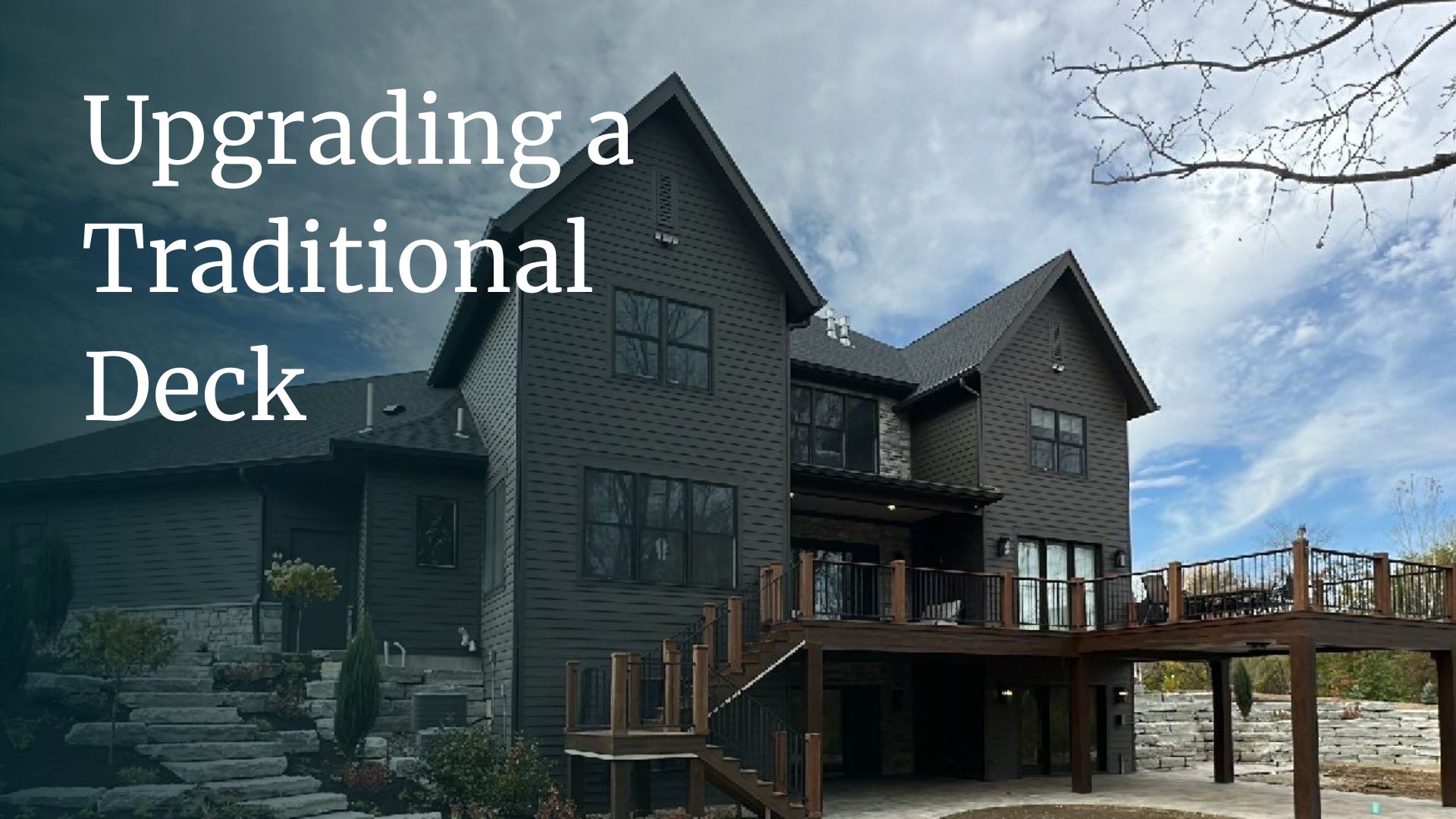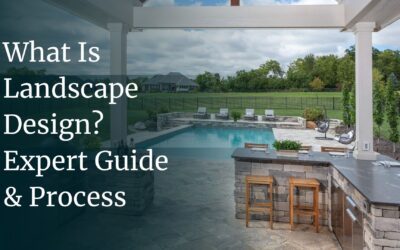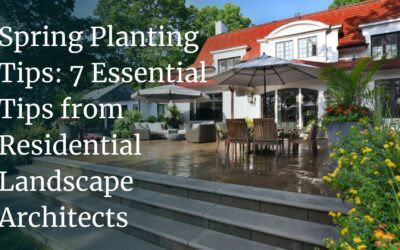It used to be that a 12-by-16-foot wood deck off the back door was all homeowners wanted. Today, with grill islands, outdoor sofas, full outdoor dining sets and more on everyone’s wish list, the deck serves as a true living space. As deck builders, we’re watching the trends in finishes, materials and structure to help you create a deck that could become your favorite room in the house.
Deck Materials
Let’s start with the basics: Here are the most popular deck building materials available now:
- Wood. Always a classic, wood decking offers warmth, an organic look and the ability to take on almost any geometric shape you can imagine. Wood is strong, durable and beautiful, as long as it’s well-maintained. Today’s homeowners can choose from a range of wood decking from cedar, pressure-treated pine and redwood to more unusual species like teak or Ipe.
- Composite decking. Made from ground-up wood and plastic (sometimes recycled), planks of composite decking offer some distinct advantages: Unlike wood, the material does not have to be periodically re-stained. It’s easy to clean and can be installed with traditional carpentry tools and methods. Composite materials are durable and can be used for stairs and railings, as well.
Which deck material you choose largely depends on the look you’d like and your budget for the project. Composite materials tend to cost more, but require less ongoing maintenance over the long run.
Railing Choices
You can choose wood railings, posts and spindles if you want to go for a more natural feel. Just keep wood’s maintenance requirements in mind.
In addition to wood, today’s decks can be enclosed in a number of ways with a range of materials, depending on the look you’d like to achieve.
- Metal, typically powdered-coated aluminum, can be used for railings, spindles and posts. By selecting black elements, you can mimic the look of wrought iron without the worry of rust. Spindles can be round or square, depending on your preference. You can also mix aluminum elements, like spindles, with wood or composite railings or posts.
- PVC and composite materials, like those used for deck planks, bring all the same advantages to railings, posts and spindles. They combine structural strength with low maintenance and can be purchased with integrated colors (like white or black) that won’t need to be repainted over time.
- Glass panels set between deck posts give a luxurious feel. They leave the view from the deck wide open, even though they create a solid boundary for safety around the edge of a deck. Keep maintenance in mind when choosing glass panels for your outdoor living space: Fingerprints, nose prints from dogs and water spots will be visible on the surface of the glass.
- For a sleek, modern look, consider aluminum railings with cable for spindles. The cables can run vertically from the top railing to the bottom, or run horizontally between posts. Whichever way they’re oriented, the advantage to cables is that they are thin and won’t obstruct your view too much while still keeping people on the deck safe from falls.
By the way, experienced deck builders are well-versed in building codes and what they require in terms of railing height, spindle placement and stair configurations.
Building Up With Pergolas
Here in Southwest Ohio, summers can be long and hot. You don’t want unrelenting sun to keep you from enjoying your deck. It’s one of the reasons our clients are asking for pergolas or pavilions to be added to their deck designs. Both types of structures allow for shade, but there are some differences:
- Pergolas have open roofs, which can be used as a support for trailing plants. The structure of “ceiling” beams casts some shade over the space below the pergola. You can design a pergola with moveable louvers overhead that can be adjusted to create more shade.
- Pavilions are open-air rooms with a solid roof but no walls. These structures provide shade as well as some protection from wind and rain.
Note that these structures are open. If you’d prefer to have something that can be screened to keep insects out, you might consider adding a screened porch or gazebo.
For added charm, talk to your deck builders about adding overhead lighting or string lights to your pergola or pavilion. A ceiling fan can be another helpful addition to a pavilion, moving air around on hot days and helping to keep mosquitoes at bay.
Looking for Deck Builders?
As you begin comparing deck builders in the Dayton area, you’ll find lots of options. Be sure to look at each potential company carefully, and ask about their:
- Design services.
- Previous work.
- Construction process.
- Experience in building the type of deck you want.
- Warranties on labor and materials.
We’d love to hear about your vision for outdoor living at your home in the Miami Valley. Contact us today for a free project consultation by phone.




